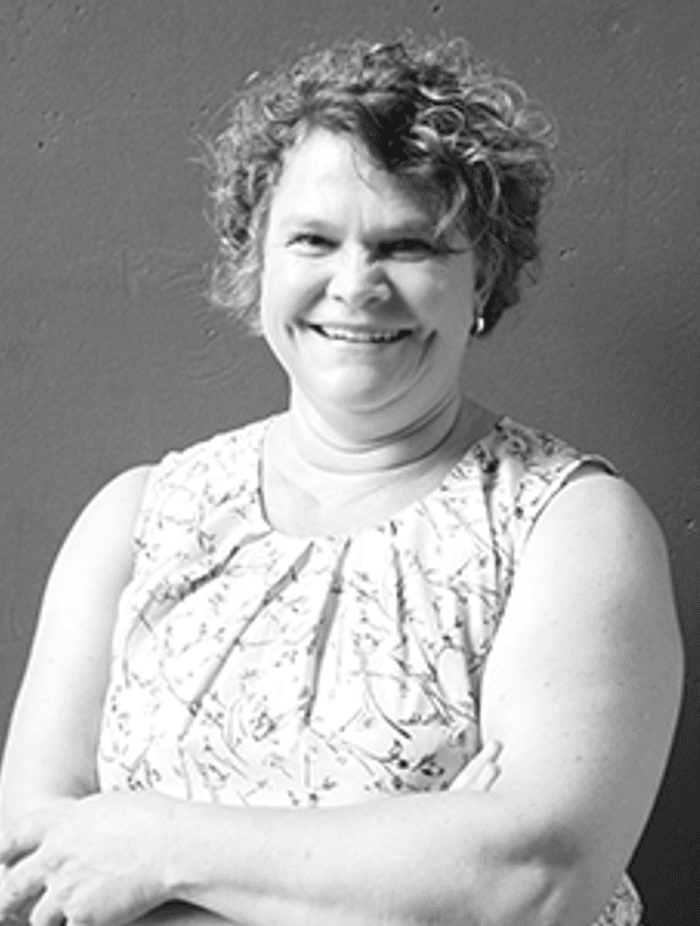What are we learning from our current working from home environments?

Following the increasing number of thoughtful pieces written across the world, we remain curious about how the return to workplaces will affect our ways of working, and what the ‘new normal’ may look like for the workplace. The financial, commercial, emotional and educational fallout of this pandemic is still under review, and we may only be able to reflect on the impact months or even years from now. The obvious loss of income, work and profit is immediately evident. However the response from employers and designers to this ‘new normal’ is less clear and it will be interesting to observe and learn.
Four to Six weeks ago, as most people took to working from home, the ‘flexible working advocates’ were hoping that a positive outcome from this crisis would be the creation of the flexible work arrangement. After weeks of isolation, limited movement and with little choice, should we still be referring to this as the holy grail of ‘flexible working’?
The mental health fallout of this pandemic and the associated isolation it has caused is not irrefutable, but preliminary figures are alarming. Will this surpass the cost of loss of income or profit for employers? What about the mental health of the employers seeing limited options but to make hasty decisions to reduce overheads to keep businesses afloat. Early research has shown a marked increase in calls to Lifeline and Beyond Blue as we struggle to fit into the new routine of working and living with isolation.
For us, as a design firm, close collaboration with peers is intrinsic to our work. Pointing at a drawing, working together on a client brief, challenging material samples or design options with each other, inspecting a working site with builders is all normal, positive interaction. The simple act of giving or receiving criticism with the softening of positive body language is vital. To work in this industry in isolation is not a feasible option. Thus, the plan to return to the studio has inevitably been set in motion.
We suspect many other industries are also asking the same, ‘what now’ questions? How do we overlay the learnings and response strategy to initiate a returning scenario? Will the workplace ever be the same again, or do we have to rethink the contemporary way of working?
The simple answer is no. We need to implement good design practice instead. Design for people, not density, profit or ‘big brother’ control. Implement flexible working options and spaces, whether remote, at our desk or flexible in-office solutions. Let’s work ‘at work’, in a manner that works for staff and suites the tasks of the day.
Perhaps the new flexible working, or what we can consider being the new agile, is that we now implement technology that has been proven to work (some of which is not new), to allow employees to choose their work setting. The home office may therefore have a place, but to maintain a high level of workplace health & safety, mental wellbeing and mentorship, the idea of long term distance or isolated work will be difficult for many to manage and maintain indefinitely.
From a business point of view, the financial impact of maintaining leases, insurance, maintenance on effectively empty workspaces is prohibitive. How does this impact the commercial market? Can we split a tenancy to be able to close off a portion of the floor and not run services for a limited time, giving us a financial and maintenance saving? Or do we overlay a pandemic-style layer over the floor (refer to the six feet rules) to know, if this happens again, we can implement change without the angst and unsurety of the last few months. The financial strain can be designed out as a risk factor, from now on, as we learn to put people first. Design for people, in their unique spaces as well as designing for people to safely interact with others.
From a design perspective, the benefits to staff of incorporating small, quiet retreat spaces, together with larger open plan spaces, are well documented as part of the agile and flexible work environment. With the addition of an organizational pandemic policy, the required social distancing footprint would be a simple added layer over the floorplate design. Perhaps the WELL standard for buildings would become more relevant, as we design for the health of users and the environment to create a truly healthy, green building.
While the politicians, media and health professions continue their strategizing and research, one thing is for certain, work never truly stops, and we continue planning, scheduling and emailing to maintain continuity and effective working. Our work practices, as always, progress or evolve and this crisis has just caused an immediate market correction or jump to a new normal.
MODE has always advocated efficient, striking, considered design which is undertaken by a dedicated and enthusiastic Interiors team that embraces change and relished these challenges. Applying this additional layer of consideration to many of our new and future projects is already in keeping with how we approach our work. We will continue to learn from, adapt and promote healthy, appropriate and flexible workspaces for our various clients.

